Sunflower, Maximilian
Used in food plots for birds, erosion control, and prairie mixes. Perennial.
Used in food plots for birds, erosion control, and prairie mixes. Perennial.
| Grow Height | Bloom Period | Growing Regions | Planting Rate Acre |
Bloom Color |
| 3-10′ | July-Oct. | 5 PLS | Yellow |
| Weight | 1 lbs |
|---|
Be the first to review “Sunflower, Maximilian” Cancel reply
You must be logged in to post a review.
Related products
Native to Central Great Plains and Southern Midwest, found on low-lying sites or ditches. Full sun. Has a long bloom season and is one of the best native annual wildflowers.
Native to Texas and many or the plains and mountain states. Often found growing in shallow soils, preferring disturbed sites in dry, sandy or gravelly soil with a neutral PH.
Native, cool-season perennial which can grow up to three feet tall. The plant produces a basal rosette of leaves that can grow eight inches long.
Fast growing with 2-3" flowers. This annual adapts to many soils and seeds easily.
Full sun or part shade. Useful ground cover. Flowers are up to 4" across. This perennial is a substitute for Common Daisy.
Warm season native perennial that is a member of the legume family. Plant is attractive to bees, butterflies, and/or birds.
Native to Texas and central U.S. Very hardy and plant that likes dry open prairies. Attractive, showy flowers.
Produces a mixture of annual and perennial plants. Recommended planting fall and winter. Colors produced will depend on plants that can establish in your soils.
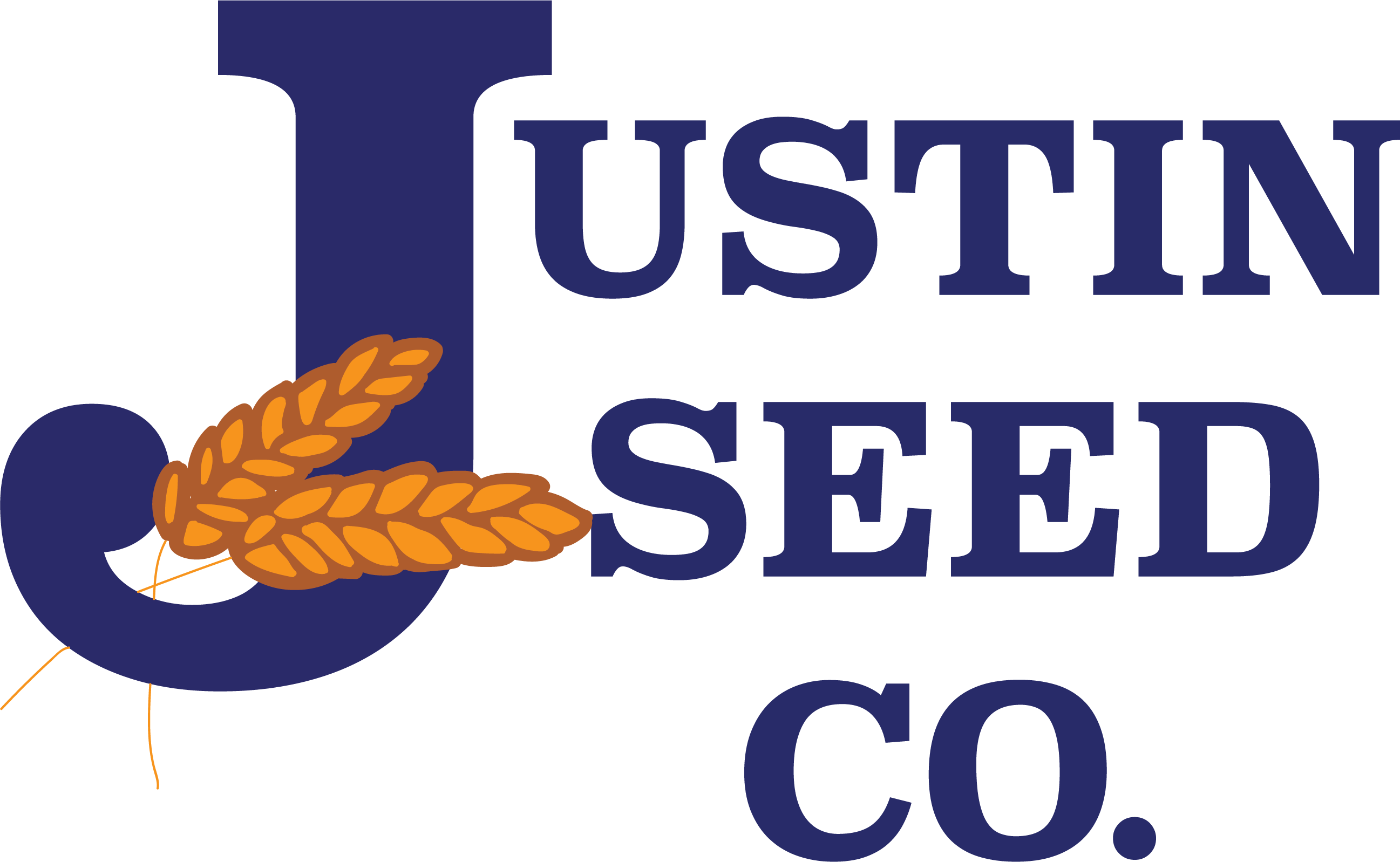
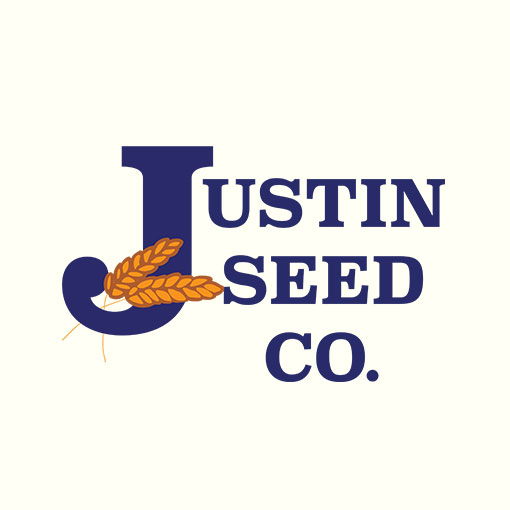
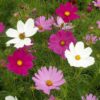
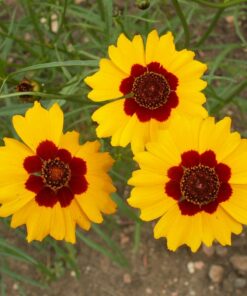
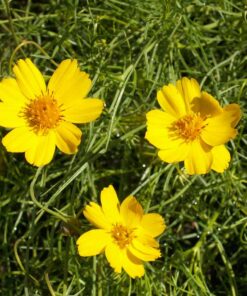
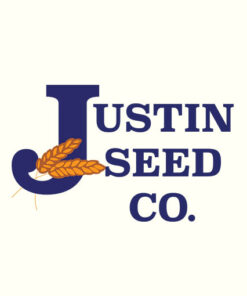
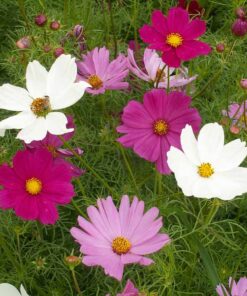
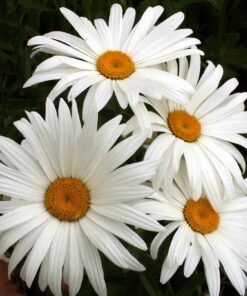
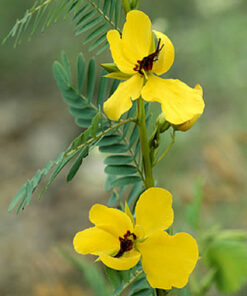

Reviews
There are no reviews yet.